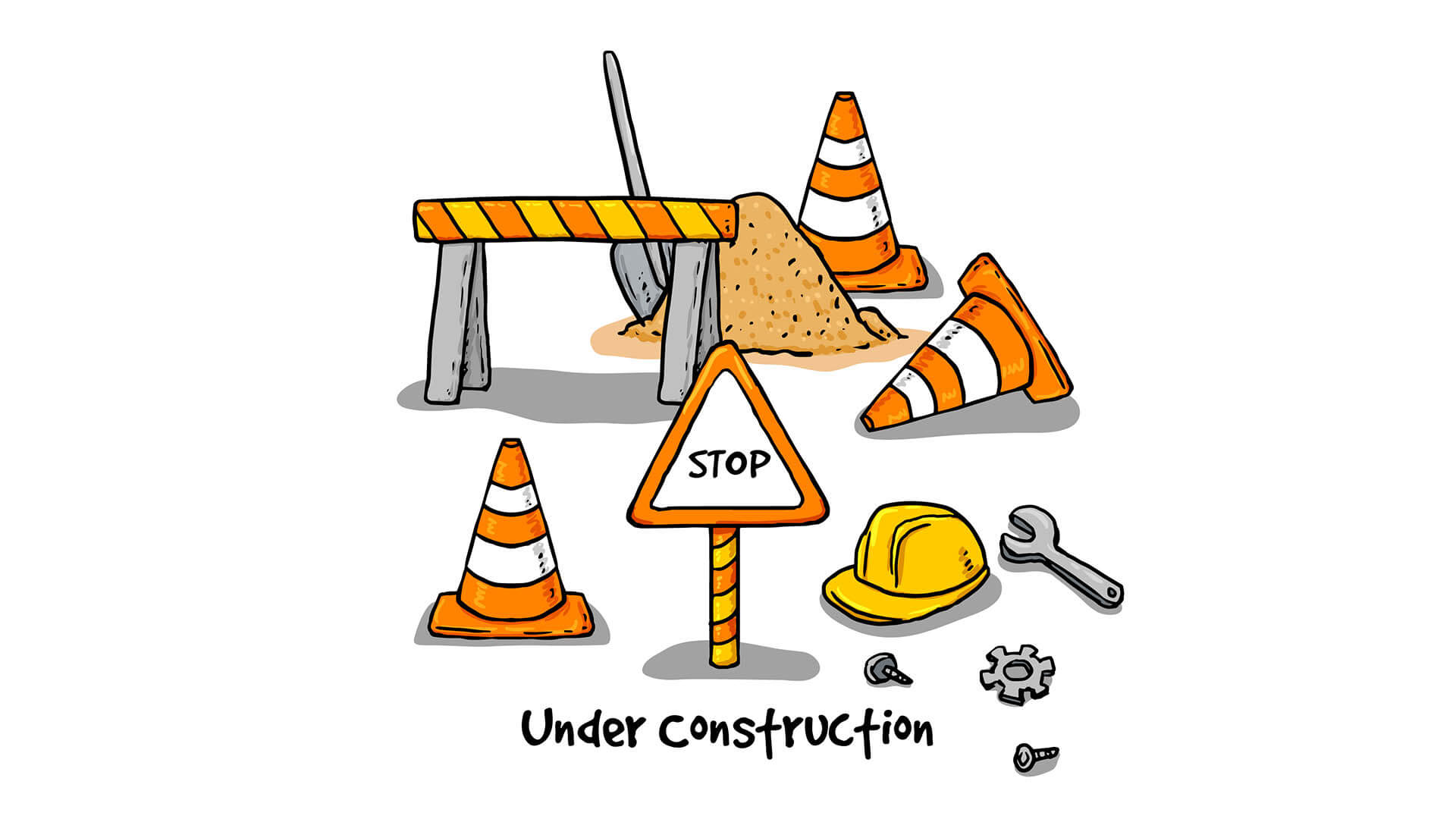Strians, and warn about hazards. Remember to assess the situation using a number of cones and provide sufficient advance warning. By following these principles, placing road cones can become a tool for ensuring the safety of both drivers and pedestrians.Road cones also referred to as traffic cones or safety cones, play a role in maintaining safety on roads. They serve as tools for guiding drivers, directing traffic, and alerting pedestrians about hazards. However, haphazardly placing road cones without consideration can have effects. To optimize their effectiveness, it is crucial to understand the principles of cone placement. This guide will explore the factors to consider when positioning road cones to ensure the level of safety for both drivers and pedestrians.
1. Evaluating the Situation
Before positioning road cones, it is essential to assess the circumstances in order to determine the necessary precautions. Factors that should be taken into account include the nature of the road or worksite traffic volume and any potential hazards that may be present. By gaining an understanding of the environment, you can tailor your cone placement to address the risks at hand effectively.
2. Utilizing an Appropriate Number of Cones
Ensuring safety relies heavily on placing a number of road cones. Although this number may vary depending on the situation, a general guideline suggests placing cones at intervals of 30 feet apart.
This particular distance is important to make sure that drivers can easily see the cones and have time to react to any hazards ahead. Additionally, when the road cones for sale are placed in a manner that improves their effectiveness. Reduces confusion.
3. Place the Cones Where They are Easily Visible
While placing the safety cones, consider the traffic flow and the area where they will be most visible. They should be placed in an area where they stand out against the background. Moreover, they should have reflective materials or lights so that they are clearly visible during the night.
4. Placing Cones for Lane Closures
When there are lane closures due to construction or maintenance work, it is crucial to position the cones. In this situation, the cones are typically used to mark off the lanes and guide traffic accordingly. To effectively guide drivers, start placing the cones in a tapering pattern before reaching the lane closure area. Gradually reduce the number of cones as you move closer to create an indication of traffic change. This gradual approach helps drivers understand what's happening on the road and prevents lane changes or accidents.
5. Diverting Traffic
In cases where traffic needs to be redirected, road cones play a role in guiding drivers. When redirecting traffic, it's essential to position the cones in an easily recognizable pattern, such as an arrow shape. This visual cue clearly shows drivers which direction they should go, enabling them to adjust their path safely.
6. Protecting Against Hazards
Road cones are frequently utilized to protect against hazards like potholes, construction zones, or fallen debris. Placing these cones around hazards creates a barrier that alerts drivers about their presence and helps them navigate safely.
Consider incorporating signs or reflective elements to improve visibility, especially in situations with limited lighting.
7. Providing Advanced Notice
To give drivers time to respond to dangers or obstacles, it is essential to provide advanced notice. Placing road cones ahead of the hazard allows drivers to adjust their speed and position on the road. For instance, when approaching a curve, it is advised to position the road cones in a pattern gradually increasing their density as the curve gets closer. This gradual increase in cone density offers drivers an indication of the required speed reduction and lane adjustment.
8. Ensuring Temporary Pedestrian Safety
Road cones not only ensure driver safety but also play a role in safeguarding pedestrians within temporary work zones. Placing cones can guide pedestrians through construction or repair areas along designated paths. By creating a barrier between pedestrians and vehicles, these cones effectively minimize accident risks. Keep pedestrians informed about potential hazards.
9. Enhancing Reflectivity for Nighttime Safety;
Visibility plays a role in ensuring safety during low-light conditions. Road cones equipped with materials or integrated reflective strips significantly enhance their effectiveness in scenarios.
When it comes to ensuring safety with road cones, it's important to make sure they're properly lit by streetlights or by using lighting to maximize visibility.
10. Size of the Workplace
If you are using safety cones on construction sites, you have to consider the site size.
You will need more safety cones if you have a large construction site. Moreover, the first few safety cones should be placed 250m away from the main construction site.
11. Training and Maintenance
Mastering the skill of placing road cones is crucial for everyone involved in traffic safety. Conducting training sessions to educate workers on cone placement techniques can greatly improve their efficiency and consistency. Regularly maintaining and inspecting the cones also ensures they are in good condition, making them more visible and extending their lifespan.
The safety cones are placed strategically to reduce traffic flow and control it so no one is harmed due to ongoing construction.
Conclusion:
The proper placement of road cones plays a role in maintaining safety on roads and work areas. By considering factors like the situation, number of cones needed, and specific purpose, we can effectively guide drivers, protect pede





